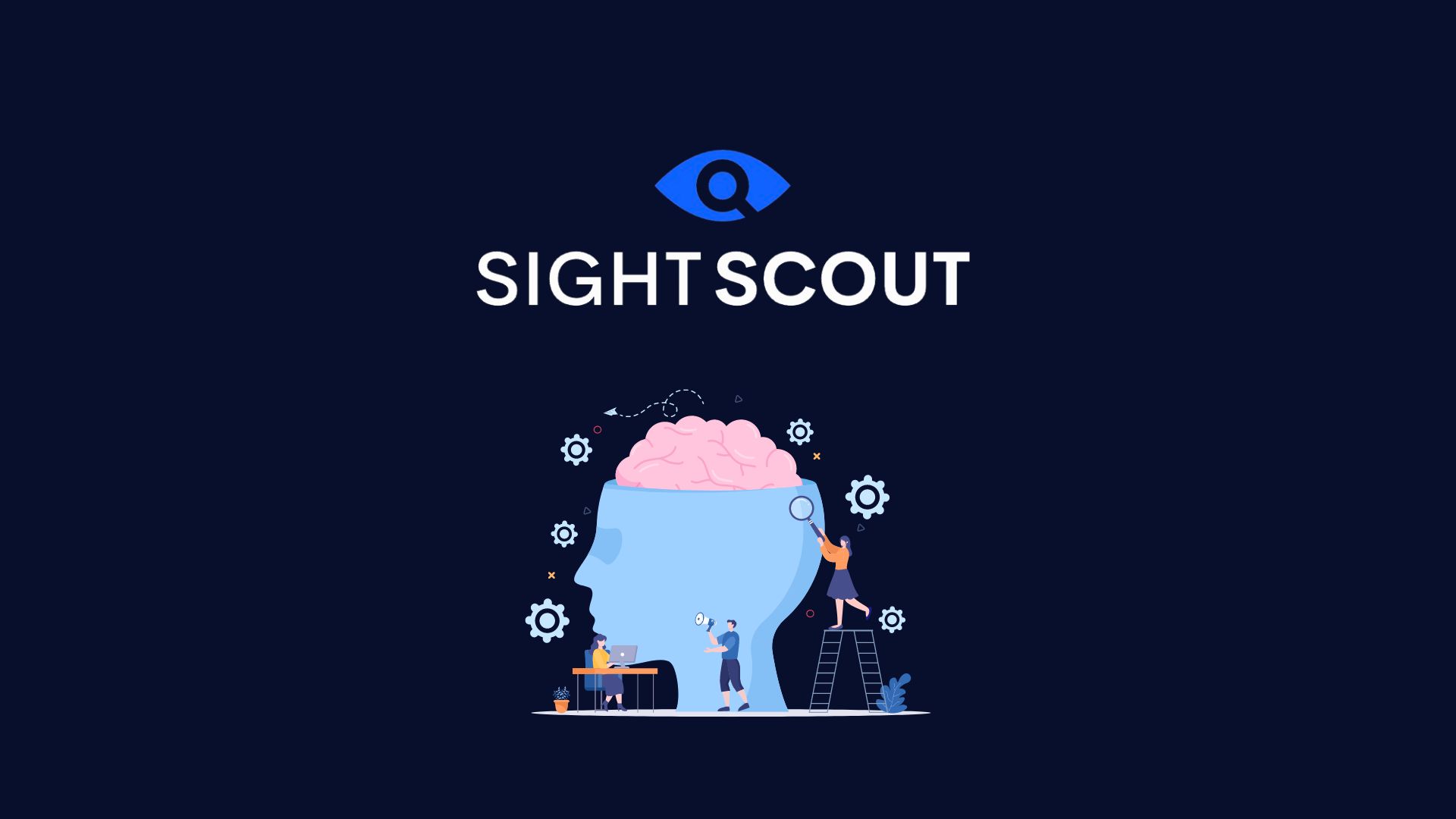Image Matching API: Accurate Visual Matching

In today's digital age, the ability to accurately match images is becoming increasingly essential across various industries. The advent of the Image Matching API marks a significant advancement in this domain, offering a plethora of capabilities that enhance visual matching technology.
Understanding Image Matching Technology
The basic function of image matching technology is to compare two or more photos in order to find similarities between them or to pinpoint particular features. Applications ranging from facial recognition systems to e-commerce product identification depend heavily on this technology. Image matching technology makes use of complex algorithms and machine learning approaches to identify minute variations and parallels that would not be visible to the human eye. The Image Matching API relies heavily on this functionality, which allows it to do intricate visual comparisons with amazing precision.
Visual matching is important for more than just one industry. For example, precise product matching in e-commerce can significantly enhance the user experience by helping buyers locate precisely what they're looking for. Visual matching technology plays a crucial role in the security industry by helping to identify people and guarantee public safety. Image matching also helps healthcare by improving diagnostic skills, which allow abnormalities to be detected by comparing medical images. In order to meet these various demands, the SightScout API was created, offering a reliable option for precise and effective visual matching.
How SightScout Work
The algorithms that the Image Matching API uses play a major role in determining how effective it is. These algorithms examine an image's visual information to find important patterns and features. Methods like deep learning, pattern recognition, and feature extraction are frequently employed. Finding distinctive aspects in an image, such as edges, textures, and colors, is the process of feature extraction. The process of pattern recognition then looks for matches by comparing these properties amongst other photos. Image matching has undergone a revolution thanks to deep learning, specifically convolutional neural networks (CNNs), which allow for more complex and subtle comparisons.
The algorithms that the API uses play a major role in determining how effective it is. These algorithms examine an image's visual information to find important patterns and features. Methods like deep learning, pattern recognition, and feature extraction are frequently employed. Finding distinctive aspects in an image, such as edges, textures, and colors, is the process of feature extraction. The process of pattern recognition then looks for matches by comparing these properties amongst other photos. Image matching has undergone a revolution thanks to deep learning, specifically convolutional neural networks (CNNs), which allow for more complex and subtle comparisons.
Benefits of Using The API
- The potential of an API to improve accuracy and precision in visual search applications is one of the main benefits of employing one. The API can provide extremely precise matching results, reducing errors and guaranteeing that consumers find exactly what they're looking for by utilizing cutting-edge algorithms and AI. This is especially helpful for e-commerce, as precise product matching raises conversion rates and increases customer happiness.
- Introducing automation and streamlining workflows are two benefits of integrating the Image Matching API into corporate processes. For example, the API can reduce the requirement for user involvement in inventory management by automatically matching products with their related photos. This lowers the possibility of human error, improves efficiency, and saves time. Strong automation features provided by SightScout enable companies to streamline processes and concentrate on more strategic duties.
- The visual matching processes that the API automates can help businesses save time and money. The labor-intensive and error-prone nature of manual picture matching frequently results in higher expenses and inefficiencies. The speed and accuracy with which the API can complete these activities can result in significant cost savings. Additionally, the API's scalability guarantees that it can manage massive image quantities, making it an affordable option for companies of all sizes.
